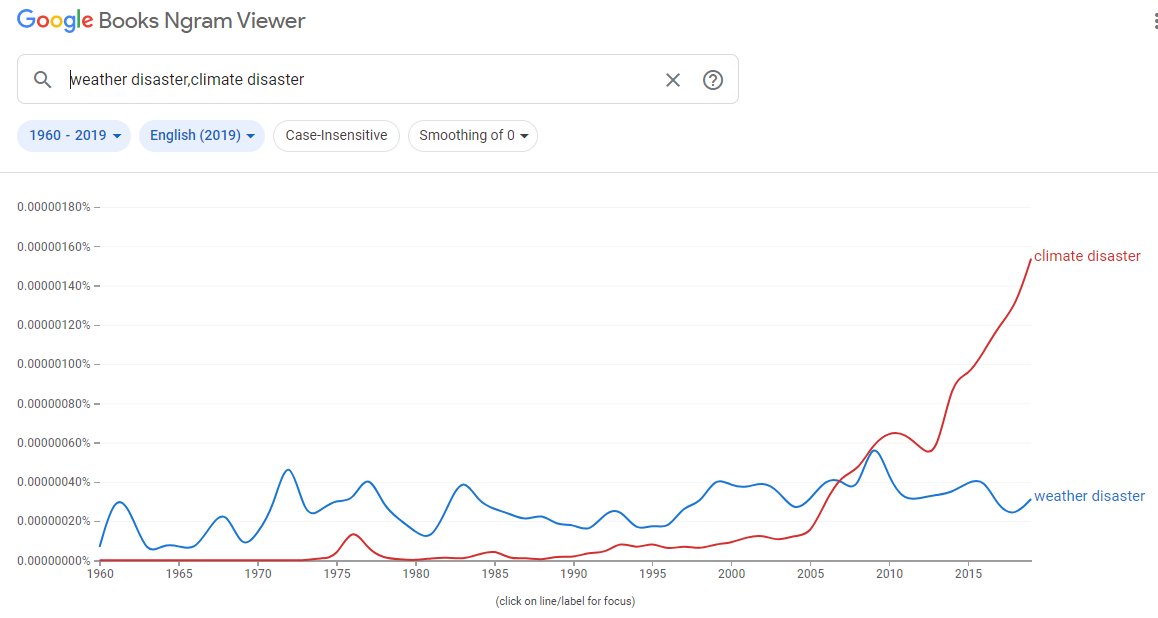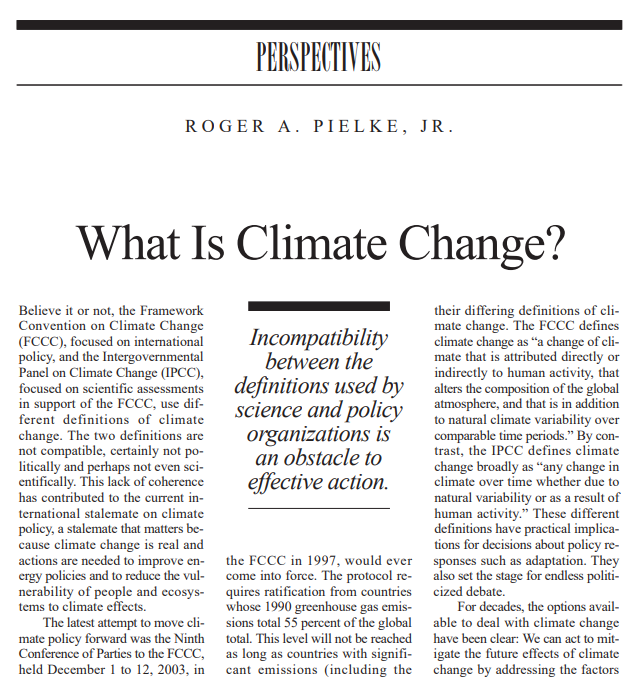
Motivated by @Scienceofsport 🧵
Can we agree that female physiology gives an advantage over males in women's gymnastics?
And if so can we further agree that gymnastics rules for trans athletes should thus be very different than, say, boxing?
See: doi.org/10.1080/147631…
Can we agree that female physiology gives an advantage over males in women's gymnastics?
And if so can we further agree that gymnastics rules for trans athletes should thus be very different than, say, boxing?
See: doi.org/10.1080/147631…
Sports w/ female athleticism superior or equivalent to male athleticism
YES
gymnastics (F)
rhythmic gymnastics
synchronized swimming
diving
equestrian
sailing
racing (car, motorbike, horse)
MAYBE
ice skating/dancing
skiing
luge
bobsled
distance swimming
endurance running
More?
YES
gymnastics (F)
rhythmic gymnastics
synchronized swimming
diving
equestrian
sailing
racing (car, motorbike, horse)
MAYBE
ice skating/dancing
skiing
luge
bobsled
distance swimming
endurance running
More?
Now bear with me... imagine a 19th/20th century alternative history with the western world female dominated & our female leaders created a modern Olympics centered on exalting female athleticism - like in gymnastics and synchronized swimming (as above), with men cheering along...
In such a world, would the "trans debate" of the 21st century be instead mainly about male trans athletes with the biological advantages of females who never went through male puberty?
Think about it
The sports that we celebrate today are actually social constructions, developed to exclude women, by focusing on extreme male athleticism
It is quite possible to envision a more diverse sport landscape that includes sports that focus on extreme female athleticism
The sports that we celebrate today are actually social constructions, developed to exclude women, by focusing on extreme male athleticism
It is quite possible to envision a more diverse sport landscape that includes sports that focus on extreme female athleticism
The best/worst example of this dynamic is American football
Read the insightful passage below from Prof Michael Messner USC
Full paper (excellent): michaelmessner.org/wp-content/upl…
Read the insightful passage below from Prof Michael Messner USC
Full paper (excellent): michaelmessner.org/wp-content/upl…

When we debate issues related to trans athlete inclusion in sport, always remember that this debate occurs in a context of history
And that history tells the story of female exclusion and empowerment, but all built upon a mostly invisible superstructure of patriarchy & culture
And that history tells the story of female exclusion and empowerment, but all built upon a mostly invisible superstructure of patriarchy & culture
• • •
Missing some Tweet in this thread? You can try to
force a refresh












